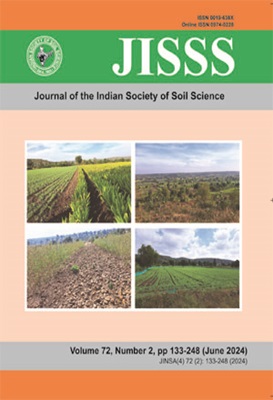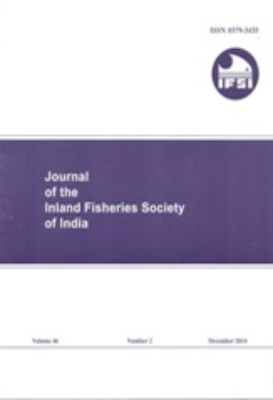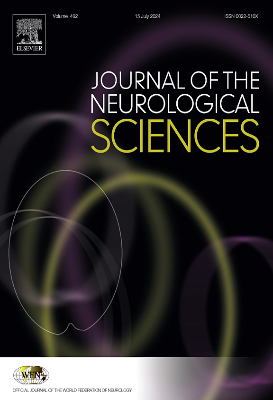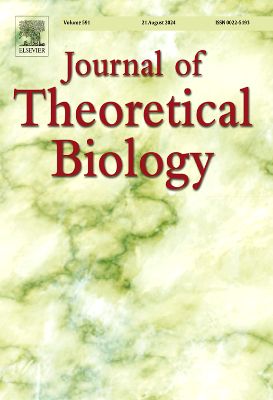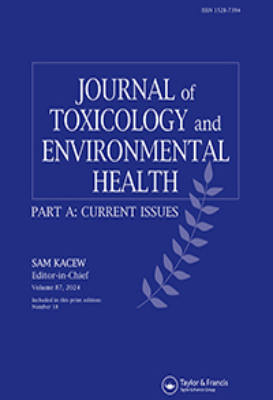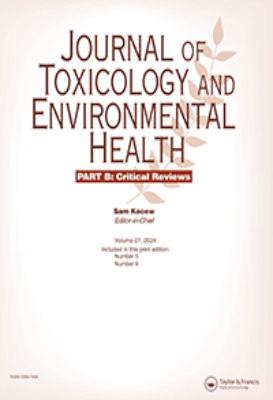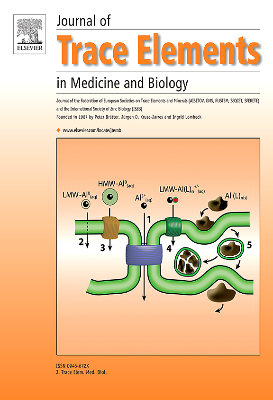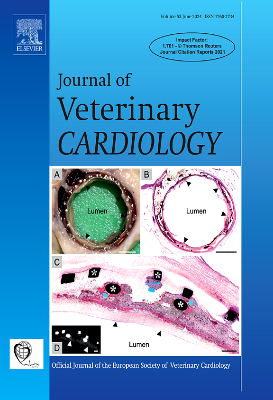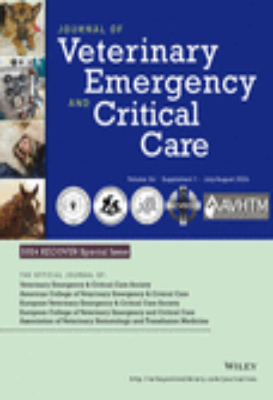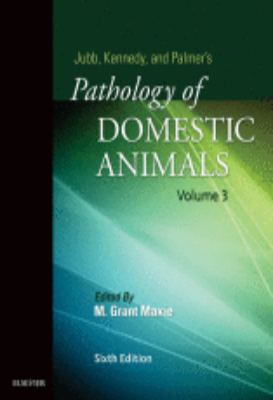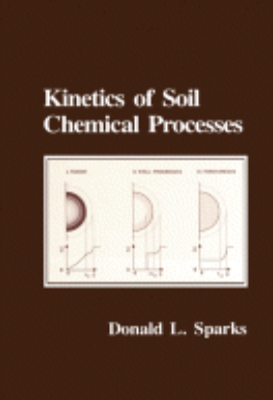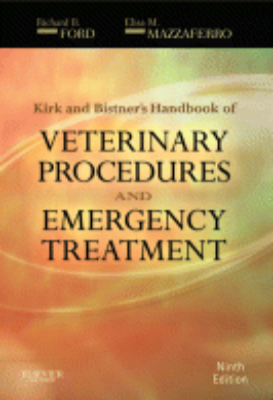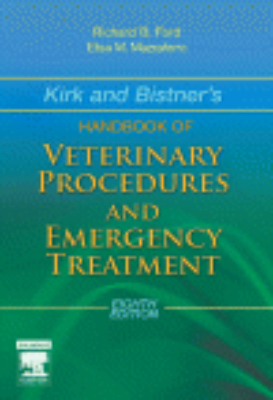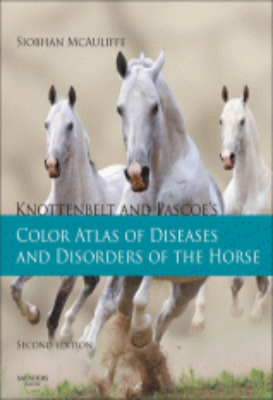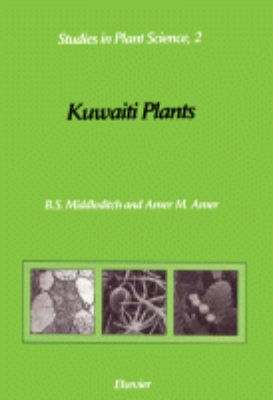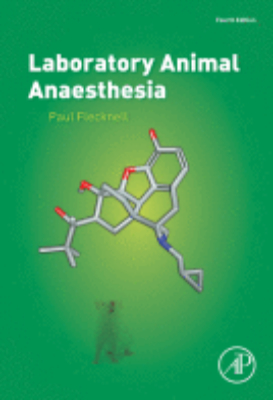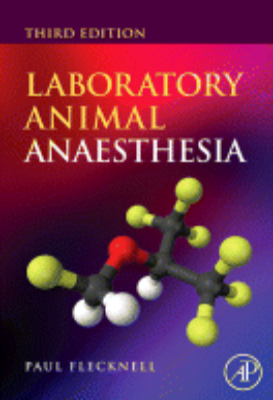E-Resources
Journal of the Indian Society of Soil Science
The Journal of the Indian Society of Soil Science publishes papers concerned with the advancement of agriculture throughout the world. It publishes original scientific work related to strategic and applied studies in all aspects of agricultural science and exploited species, as well as reviews of scientific topics of current agricultural relevance. Specific topics of interest include (but are not confined to): soil genesis and classification; soil properties and processes in relation to soil physics, soil chemistry, soil biology, soil mineralogy; soil evaluation and land use planning, soil fertility and plant nutrition, crop production; soil engineering and technology, soil degradation, control, remediation and reclamation; soil and environment, environmental impacts of agriculture and forestry, impacts of climate change. The journal also publishes book reviews.
Journal of the Inland Fisheries Society of India
Focus and Scope The journal of Inland Fisheries Society of India publishes original research contributions broadly in the field of inland fisheries science. The scope of the journal includes fisheries research on aspects related to inland waters - rivers, reservoirs, floodplain wetlands, estuaries, brackish waters and associated ecosystems. Manuscripts received for consideration will be first screened by the editorial committee for content and overall requirement of the Journal. Those found unsuitable will be returned to the author. Others will be sent to experts in the concerned field for detailed refereeing, with the identity of the author(s) masked. The author(s) will be notified of acceptance, need for revision or rejection of the manuscript. The journal considers article under three broad categories : Research Papers should not exceed 10 pages, including abstract, text (12 pt, double space), tables, figures and references. Short communications should not exceed 4 pages (12 pt, double space), should be a concise information on a particular finding, methodology or comments on recent research publications. Review articles are always asked for from the experts in relevant fields. These may be extended to the maximum of 20 pages, covering critical appraisal of literature on research problems of recent interest. It is mandatory that the author (s) should be the members of the Society. Peer Review Process The journal is a double blind peer reviewed, refereed biannual international journal. The journal welcomes publications of high quality papers. Normally the review system takes 2-3 months time. Sponsors Indian Council of Agricultural Research Journal History The Society regularly brings out a Journal named "The Inland Fisheries Society of India". The 1st Volume was published in December, 1969 and since then made a place among the top fishery journals in the country. The Journal publishes original research works, monographs, invited review articles and books on specialized subjects for exchange and dissemination of information in the country and abroad.
Jubb Kennedy & Palmer’s Pathology of Domestic Animals: Volume 1
"With an emphasis on the disease conditions of dogs, cats, horses, swine, cattle and small ruminants, Jubb, Kennedy, and Palmer's Pathology of Domestic Animals, 6th Edition continues its long tradition of being the most comprehensive reference book on common domestic mammal pathology. Using a body systems approach, veterinary pathology experts provide overviews of general system characteristics, reactions to insult, and disease conditions that are broken down by type of infectious or toxic insult affecting the anatomical subdivisions of each body system. The sixth edition now boasts a new full-color design, including more than 2,000 high-resolution images of normal and abnormal organs, tissues, and cells. Updated content also includes evolved coverage of disease agents such as the Schmallenberg virus, porcine epidemic diarrhea virus, and the porcine deltacoronavirus; plus new information on molecular-based testing, including polymerase chain reaction (PCR) and in-situ hybridization, keep you abreast of the latest diagnostic capabilities. Key Features. Updated content includes new and evolving pathogens and diagnostic techniques.. Updated bibliographies give readers new entry points into the rapidly expanding literature on each subject.. NEW! High-resolution color images clearly depict the diagnostic features of hundreds of conditions.. NEW! Introduction to the Diagnostic Process chapter illustrates the whole animal perspective and details the approaches to systemic, multi-system, and polymicrobial disease.. NEW! Coverage of camelids is now included in the references widened scope of species.. NEW! Team of 30+ expert contributors offers the latest perspective on the continuum of issues in veterinary pathology.. NEW! Expanded resources on the companion website include a variety of helpful tools such as full reference lists with entries linked to abstracts in Pub Med and bonus web-only figures.. NEW! Full-color design improves the accessibility of the text."
Jubb, Kennedy & Palmer’s Pathology of Domestic Animals
"The 5th edition of Jubb, Kennedy, and Palmer's Pathology of Domestic Animals continues the long tradition of this classic set of volumes as the most comprehensive reference book published on the topic of pathology of the common domestic mammals, with emphasis on disease conditions of cattle and small ruminants, swine, horses, dogs and cats. Using a body systems approach, recognized authorities in their fields provide overviews of general characteristics of the system, reactions to insult, and disease conditions broken down by type of infectious or toxic insult affecting the anatomical subdivisions of each body system. Since the publication of the 4th edition in 1993, much has changed. Disease agents, such as Bovine viral diarrhea virus (BVDV) type 2, Porcine reproductive and respiratory syndrome virus (PRRSV), Porcine circovirus 2, Hendra virus, and Leptospira spp., have emerged or further evolved. Molecular-based testing, including polymerase chain reaction (PCR) and in-situ hybridization, have allowed further understanding of pathogenesis of disease, and have greatly furthered our diagnostic capabilities. Key Features. Thoroughly revised text, including new or evolving pathogens and new diagnostic techniques.. Approximately 470 new illustrations.. Maintains the currency of the text, assists the reader in putting new conditions into perspective.. Updating of the Bibliography on each subject gives readers new entry points into the rapidly expanding literature on each subject.. Illustrations of new conditions or agents.. Reader-friendliness improved through highlighting of text, bullet-point lists, italics, diagnostic hints."
Jubb, Kennedy & Palmer’s Pathology of Domestic Animals: Volume 2
"With an emphasis on the disease conditions of dogs, cats, horses, swine, cattle and small ruminants, Jubb, Kennedy, and Palmer's Pathology of Domestic Animals, 6th Edition continues its long tradition of being the most comprehensive reference book on common domestic mammal pathology. Using a body systems approach, veterinary pathology experts provide overviews of general system characteristics, reactions to insult, and disease conditions that are broken down by type of infectious or toxic insult affecting the anatomical subdivisions of each body system. The sixth edition now boasts a new full-color design, including more than 2,000 high-resolution images of normal and abnormal organs, tissues, and cells. Updated content also includes evolved coverage of disease agents such as the Schmallenberg virus, porcine epidemic diarrhea virus, and the porcine deltacoronavirus; plus new information on molecular-based testing, including polymerase chain reaction (PCR) and in-situ hybridization, keep you abreast of the latest diagnostic capabilities. Key Features. Updated content includes new and evolving pathogens and diagnostic techniques.. Updated bibliographies give readers new entry points into the rapidly expanding literature on each subject.. NEW! High-resolution color images clearly depict the diagnostic features of hundreds of conditions.. NEW! Introduction to the Diagnostic Process chapter illustrates the whole animal perspective and details the approaches to systemic, multi-system, and polymicrobial disease.. NEW! Coverage of camelids is now included in the references widened scope of species.. NEW! Team of 30+ expert contributors offers the latest perspective on the continuum of issues in veterinary pathology.. NEW! Expanded resources on the companion website include a variety of helpful tools such as full reference lists with entries linked to abstracts in Pub Med and bonus web-only figures.. NEW! Full-color design improves the accessibility of the text."
Jubb, Kennedy & Palmer’s Pathology of Domestic Animals: Volume 3
"With an emphasis on the disease conditions of dogs, cats, horses, swine, cattle and small ruminants, Jubb, Kennedy, and Palmer's Pathology of Domestic Animals, 6th Edition continues its long tradition of being the most comprehensive reference book on common domestic mammal pathology. Using a body systems approach, veterinary pathology experts provide overviews of general system characteristics, reactions to insult, and disease conditions that are broken down by type of infectious or toxic insult affecting the anatomical subdivisions of each body system. The sixth edition now boasts a new full-color design, including more than 2,000 high-resolution images of normal and abnormal organs, tissues, and cells. Updated content also includes evolved coverage of disease agents such as the Schmallenberg virus, porcine epidemic diarrhea virus, and the porcine deltacoronavirus; plus new information on molecular-based testing, including polymerase chain reaction (PCR) and in-situ hybridization, keep you abreast of the latest diagnostic capabilities. ""a core text in veterinary pathology""Reviewed by: Alexander Stoll, on behalf of Wikivet, November 2015 Key Features. Updated content includes new and evolving pathogens and diagnostic techniques.. Updated bibliographies give readers new entry points into the rapidly expanding literature on each subject.. NEW! High-resolution color images clearly depict the diagnostic features of hundreds of conditions.. NEW! Introduction to the Diagnostic Process chapter illustrates the whole animal perspective and details the approaches to systemic, multi-system, and polymicrobial disease.. NEW! Coverage of camelids is now included in the references widened scope of species.. NEW! Team of 30+ expert contributors offers the latest perspective on the continuum of issues in veterinary pathology.. NEW! Expanded resources on the companion website include a variety of helpful tools such as full reference lists with entries linked to abstracts in Pub Med and bonus web-only figures.. NEW! Full-color design improves the accessibility of the text."
Kinetics of Soil Chemical Processes
The kinetics of reactions in soil and aquatic environments is a topic of extreme importance and interest. To properly understand the fate of applied fertilizers, pesticides, and organic pollutants with time, and to thus improve nutrient availability and the quality of our groundwater, one must study kinetics. This is the first compre
Kingsmill Plantations 1619 1800
Kingsmill Plantations, 1619-1800: Archaeology of Country Life in Colonial Virginia covers the historical and archaeological aspects, along with reconstruction attempt of a typical setting of seven plantation sites at Kingmill, near Williambsburg, Virginia. This book contains five chapters that focus on the settlement and development of Kingsmills homesteads and estates. Other chapters provide the names and personalities for the plantation sites at Kingmill. Considerable archaeological findings concerning the sites manor, tenements, mansions, houses, quarters, and outbuildings are discussed. The remaining chapters deal with the evaluation of the sites gardens, wells, waste, pots, bones, and status. This book is intended primarily for architectural historians, archaeologists, and anthropologists.
Kirk & Bistner’s Handbook of Veterinary Procedures and Emergency Treatment
Provide expert care for cats and dogs! Kirk and Bistner's Handbook of Veterinary Procedures and Emergency Treatment, 9th Edition covers not only the management of emergency conditions, but also strategies for dealing with hundreds of routine diagnostic and treatment challenges in small animals. Its user-friendly format provides instant access to vital information -- making it an ideal resource in emergency situations -- and it is conveniently organized by both body systems and presenting signs to help you easily reach a diagnosis and determine a treatment plan for all clinical situations. Written by veterinary experts Richard Ford and Elisa Mazzaferro, Kirk and Bistner's Handbook of Veterinary Procedures and Emergency Treatment provides current guidelines for small animal emergency care and the diagnostic procedures most commonly performed in a busy, team-oriented practice.
Kirk and Bistner’s Handbook of Veterinary Procedures and Emergency Treatment
This thoroughly updated 8th edition comprehensively covers the management of emergency conditions, as well as hundreds of diagnostic and treatment challenges in small animals. The user-friendly format provides instant access to vital information, making it an ideal resource in emergency situations. Includes a section dedicated to the clinical evaluation of patients using both organized body systems and problems list approaches. It also offers guidance on clinical signs and symptoms, laboratory tests, diagnosis, and treatment.
Knottenbelt and Pascoe’s Color Atlas of Diseases and Disorders of the Horse
A unique collection of photographic illustrations of the major equine disorders, providing both qualified practitioners and veterinary students with an invaluable guide to greater diagnostic accuracy, treatment options, and a wider understanding of the processes and signs of equine disorders. The systematic presentation of disorders along with the icon-based key points system of evaluation gives unparalleled ease of access and use. Conditions presented are gathered from around the world, making for a resource of universal application that is a major aid to the rapid visual recognition and interpretation of clinical signs that are vital elements of success in veterinary practice.
Laboratory Animal Anaesthesia: Fourth Edition 2015
"Laboratory Animal Anaesthesia, Fourth Edition provides a basic guide to anaesthesia for a very diverse audience needing content, with straight-forward, structured style of writing. Updated with effects of anaesthetics in different laboratory species, including sources of dose rates will be incorporated into tabular material. New information on pain assessment and pain management will be covered, and an increased emphasis on rats and mice for anaesthesia and perioperative care. With newly revised, full color illustrations to facilitate best learning, Laboratory animal Anesthesia, Fourth Edition provides procedures, key points and invaluable advice from a well-known and respected veterinary anesthetist and scientist with over 30 years of experience in the field. Key Features. Written by a veterinary anesthetist and scientist with over 30 years' experience in the field, and who is actively engaged in research in this area. Focuses on procedures involving rats and mice used in research. Provides those with limited experience of anesthesia with the information they need to carry our procedures effectively, safely, and humanely, as well as those with more experience to continue a career with laboratory animal model research. Includes rapid, easily accessed information using tabulated summaries"
Laboratory Animal Anaesthesia: Second Edition 1996
The use of safe and effective anaesthetic techniques can have a major influence both on the welfare of laboratory animals and the quality of the research results obtained in using them. In times of justified public and scientific concerns over such issues, the need for clear and concise advise on good technique is of paramount importance.However, much anaesthetic work in the laboratory is carried out by research workers and support staff who have not benefited from specialist veterinary training. This second edition of Paul Flecknell's invaluable guide gives just the sort of clear concise practical information such people need. It follows all the key stages from preoperative care thorough anesthesia itself to the post - anaesthetic recovery period.Following these general sections, there are specific instructions on regimes for particular laboratory animals, with advice on recommended agents, dosages and special procedures of importance. Particular emphasis is placed on welfare, pain reduction and proper post - procedural care.The Second Edition of this now standard guide adds the results of the latest research, most effective anesthetics and useful illustrations of procedures and equipment and broadens the original book's coverage to include notes on fish, amphibia, reptiles and birds.It will prove an essential addition to the library of any laboratory where animals are used for research.
Laboratory Animal Anaesthesia: Third Edition 2009
Laboratory Animal Anesthesia looks at recent significant developments in anesthetic practices in laboratory experiments involving animals. It also provides information about basic standards for proper use of anesthesia. In addition, it examines the equipment and different anesthetic agents that are used in performing an experiment on animals. The book also discusses the profound effects of anesthesia on the physiological aspect of the animals body systems, such as hypothermia and respiratory depression. The book addresses the proper management and care that should be provided for the animals that undergo anesthesia. Furthermore, it covers different anesthetic procedures that should be used on various kinds of small animals intended for laboratory experiments. The main goal of this book is to provide information about the different anesthetic agents used in experiments, and the proper standards to follow when using anesthetics on lab animals. Key Features New edition provides new information on anesthesia and analgesia, and has an extensively revised and updated bibliography Provides a balanced consideration of the needs of scientific research and the welfare of laboratory animals Written by a veterinary anesthetist and scientist with over 30 years' experience in the field, and who is actively engaged in research in this area Provides rapid, easily accessed information using tabulated summaries Provides those with limited experience of anesthesia with the information they need to carry our procedures effectively, safely, and humanely Provides sufficient depth for the more experienced anesthetist moving to this field


